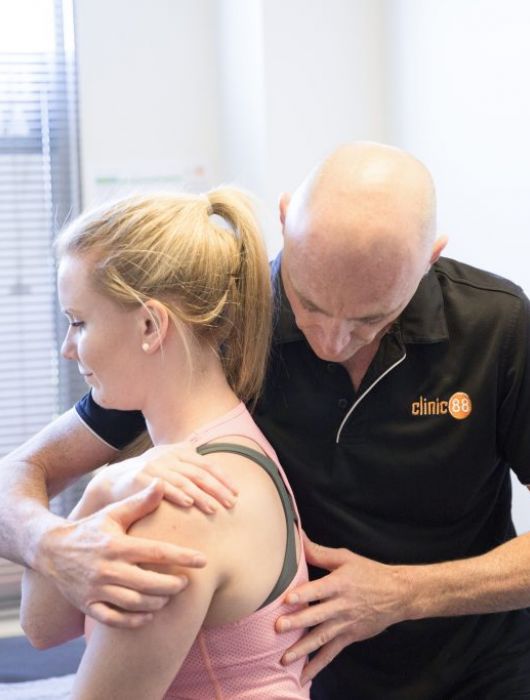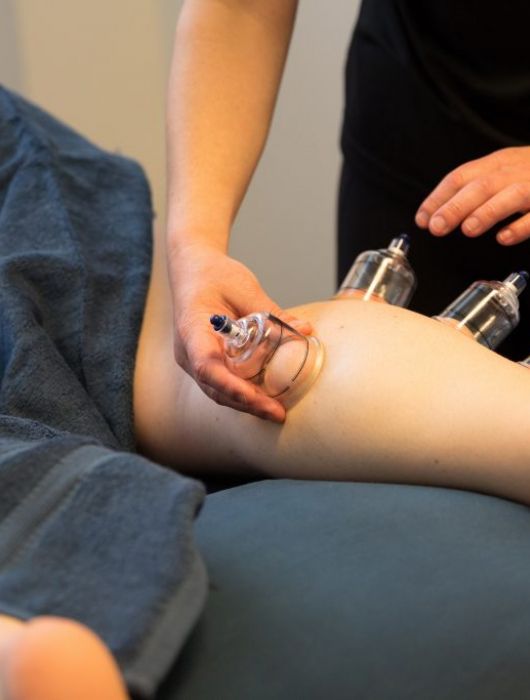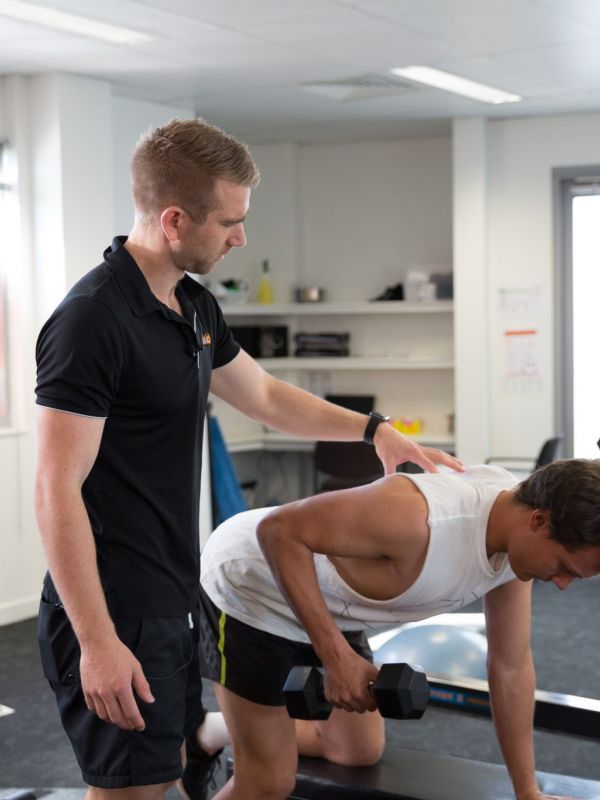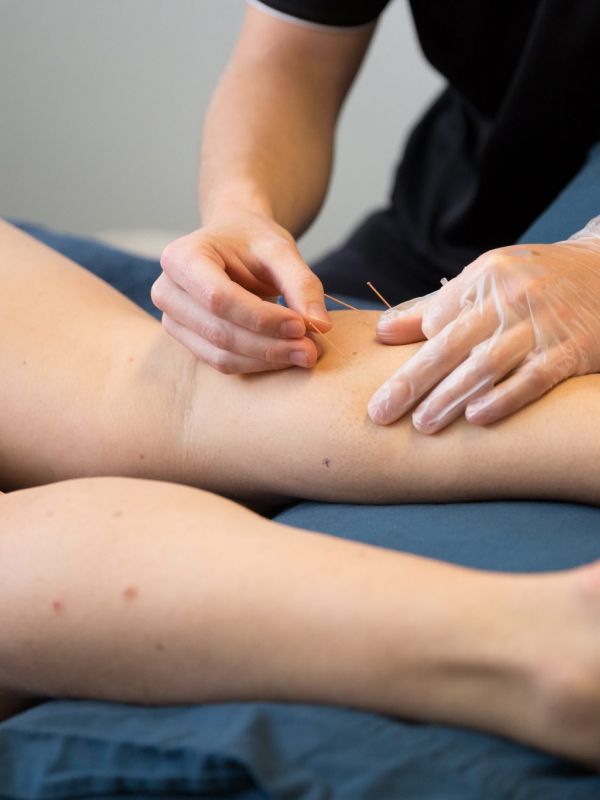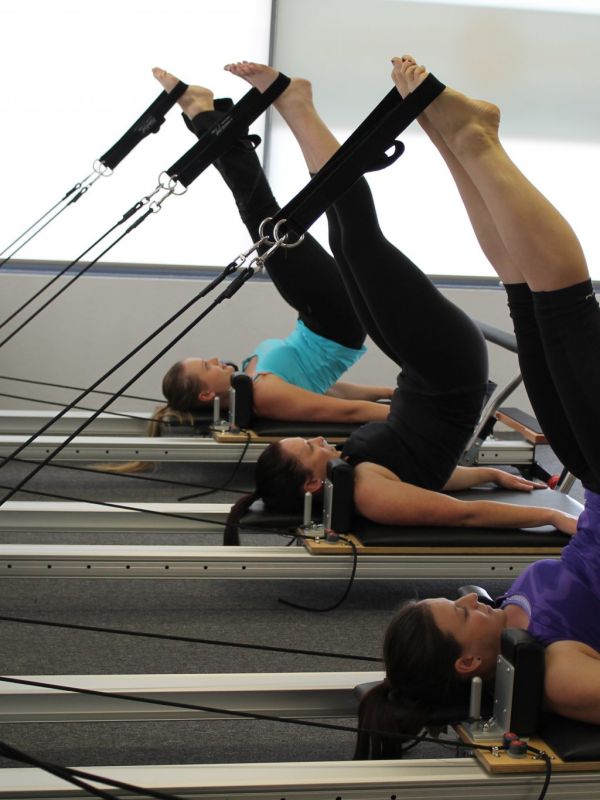Physiotherapy Exercise Physiology Soft Tissue Therapy Pilates Remedial & Sports Massage
Book your appointment!
Got a question or need some help? Feel free to get in touch with us! Whether you’re after more info about our services or just want to have a chat, we’re here to assist.
Check out our services and
see how we can help you!
About Clinic 88
Clinic 88 was started by Brad Hiskins after he left the Australian Institute of Sport in 2004. With 11 years at the AIS, and multiple Olympic and Commonwealth Games representations, Brad saw the opportunity to take the same treatment philosophy to the general public, while still servicing the elite athlete community.
